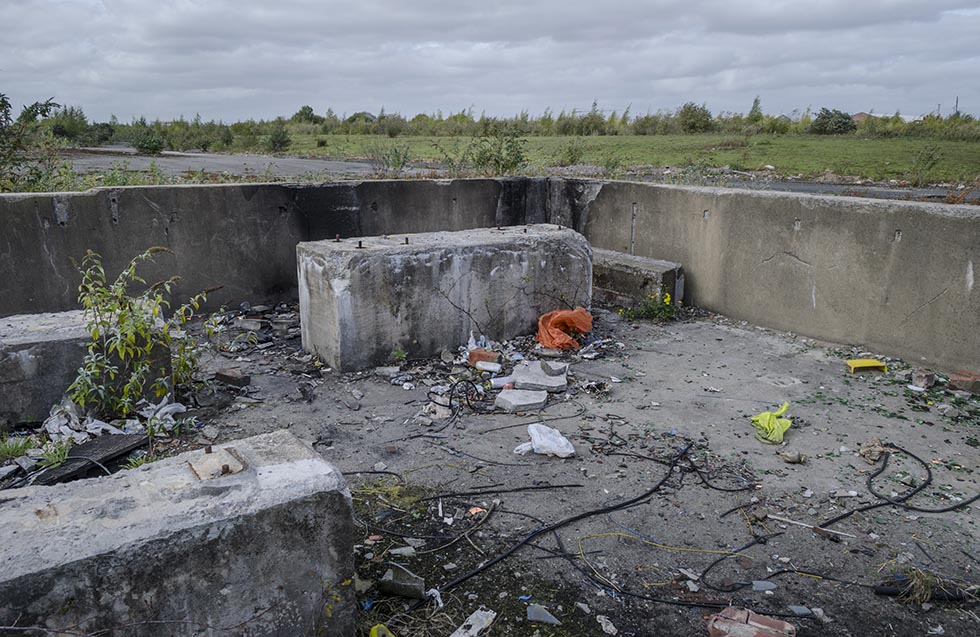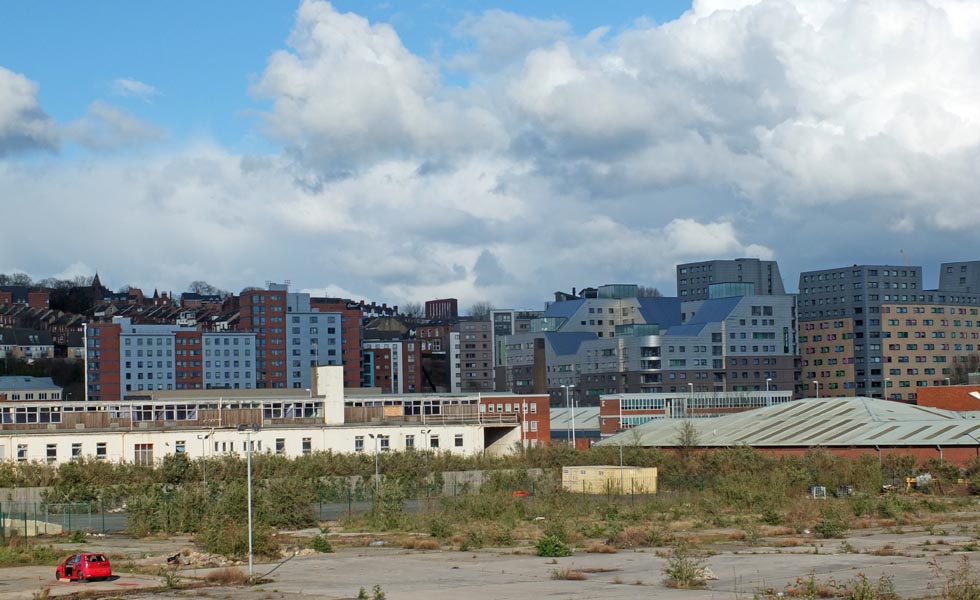What is a Brownfield Site? A Self Builder's Guide
An unloved brownfield site could be the perfect spot for your self build, as long as you understand what you’re taking on

Brownfield sites refer to land once used for industry that now lies redundant, and they are becoming more popular for self build projects.
Brownfield sites are usually located in urban plots, making them ideal for housing, and planners tend to look very favourably on brownfield redevelopment proposals.
In recent months, the government has thrown its support for building on brownfield land, and is keen to see the land brought back to life to help the housing department meet its target of building 300,000 new homes a year.
It's not the easiest project to take on for self builders, but with the right know-how it can be an extremely rewarding challenging to take on. Here's what you need to know.
Benefits of Building on Brownfield Sites
Potential self builders are often very interested in small brownfield sites.
In plots where vital infrastructure already exists (such as drainage and electricity), it can help to reduce certain costs. And planning permission can be easier to obtain on an area which has already been built on previously, as opposed to land which has not.
Once the site is cleaned up and the planning issues have been resolved, brownfield development resembles other forms of housebuilding.
(MORE: 10 Amazing Homes Built on Brownfield Sites)
Brownfield Land Funding Announced
Earlier this year, the government announced a £75m Brownfield Land Release Fund (BLRF), which includes a £25m allocation to support local authorities to bring forward brownfield sites for housing development and self and custom build serviced plots.
While the fund only directly impacts local authorities, it will support the delivery of more plots for anyone wishing to self build.
Councils had been eligible to apply for this funding and in October, the government confirmed that £5m had been allocated to councils to bring forward plots on sites on both brownfield and greenfield sites. Councils can now apply for the second round of funding.
What are the Challenges of a Brownfield Site?
There are some hurdles to be cleared when building on brownfield land, and because the early stage risk is so large, very few brownfield sites will reach the market in an oven-ready state. These challenges include:
- They can be much trickier to build on
- Builders don’t like risks and brownfield sites are almost always risky sites because you can’t be sure what you are going to find.
- They can be logistically very taxing, involving hundreds of heavy goods vehicles getting to sites
- While planners might look very favourably at brownfield development in principle, there are lots of complex planning details to satisfy, and neighbours to appease.

You may Face Contamination Issues
It is likely that the land will be contaminated. Sometimes the reason is obvious. If you buy a disused petrol filling station, there will probably be benzene and other petro-chemicals on site. In other instances, the contamination risk may be unclear.
Dealing with contaminated land requires professional risk assessments and this takes time and money. There are also likely to be conditions attached to any planning permission for the site. You have to satisfy the council that the site is fit for development before you start work.
You will have no idea what lies under the ground until a survey is carried out, and this is the main risk that frightens potential developers and lenders.
While the assessment process is slow and expensive in its own right, usually costing several thousand pounds, the problems thrown up by a survey can only be guessed at.
You can take an educated guess, but no one developing a site likes to be faced with costs out of their control.
What if Demolition is Required?
If a brownfield site has existing structures such as old garages on it, then this will bring its own challenges:
- The structure itself may be in a poor condition and it may be difficult to take down without endangering neighbours and passers-by.
- Planners are likely to want to see evidence that these issues have been properly addressed and will require noise and dust mitigation strategies.
- Most competent demolition contractors can supply the required paperwork, but it may be a planning condition that all these matters have been attended to before work can start on site.
Asbestos is another hazard commonly encountered in demolition.
- Any substantial demolition will require an asbestos survey to identify the type and risk of asbestos present
- Anything that tends to form a dust or powder is highly hazardous and needs ultra-careful handling
- Asbestos cement roofing sheets are a relatively low hazard (as the asbestos is bound into the cement), provided competence can be shown that the sheets can be removed without forming any dust
- Removing asbestos cement sheets doesn’t require a dedicated asbestos contractor but it does have to go to a licensed tip and it does have to have a professionally managed system in place for its removal from site.
What Doesn't Count as a Brownfield Site?
Many self build plot sites are not classified as brownfield, including:
- garden plots
- replacement dwellings
- conversions of agricultural barns or other buildings
Consider Traffic Management Plans
Planners often demand traffic management plans to minimise the disruption caused by undertaking a building project in urban areas with restricted access.
This may have a big impact on how a new home can be built:
- Can lorries crane off deliveries or is everything going to have to be unloaded by hand?
- Can you get a big crane on site?
- Can the road be closed off at some point?
- Is there an alternative route available?
- Do you need to dig up the road?
- Are traffic lights needed at some point?
- Is there parking for contractors’ vans?
You will need to familiarise yourself with the rules and regulations of your local highways department. The easiest way to do this is to meet the council’s Street Works team and discuss the type of work you are organising.
There are protocols with attached costs for every activity, such as on-street skip permits, temporary traffic lights and road closures. Many activities can be arranged at short notice but a road closure requires 12 weeks’ notice and the permit costs around £1,000. This means that you will need to plan events surrounding such a move meticulously.
Then There's the Party Wall Act
The Party Wall Act places rights and responsibilities on people developing property that is close to neighbouring properties. It is not specific to brownfield sites, but it may play a significant role in building out small urban sites.
The Act can often make development a much smoother process because it sets out a way of handling neighbour-to-neighbour relations. Regardless of what the law says, it usually pays to work with neighbours from day one and be upfront about what you are trying to achieve and what this involves.
Get the Homebuilding & Renovating Newsletter
Bring your dream home to life with expert advice, how to guides and design inspiration. Sign up for our newsletter and get two free tickets to a Homebuilding & Renovating Show near you.
Mark is the author of the ever-popular Housebuilder’s Bible and an experienced builder. The Housebuilder’s Bible is the go-to hardback for self builders; originally published in 1994, it is updated every two years with up-to-date build costs and information on planning and building regulations, and is currently in its 14th reiteration.
He has written for publications such as Homebuilding & Renovating for over three decades. An experienced self builder, his latest self build, a contemporary eco home built to Passivhaus principles, was created on a tight urban brownfield plot.

